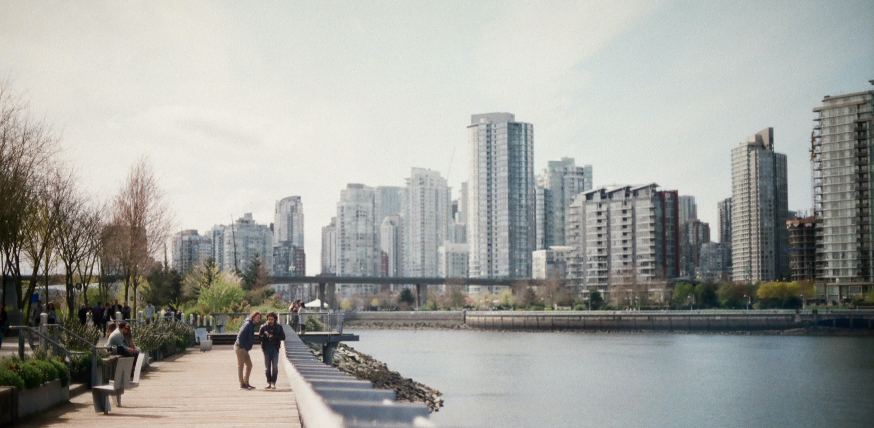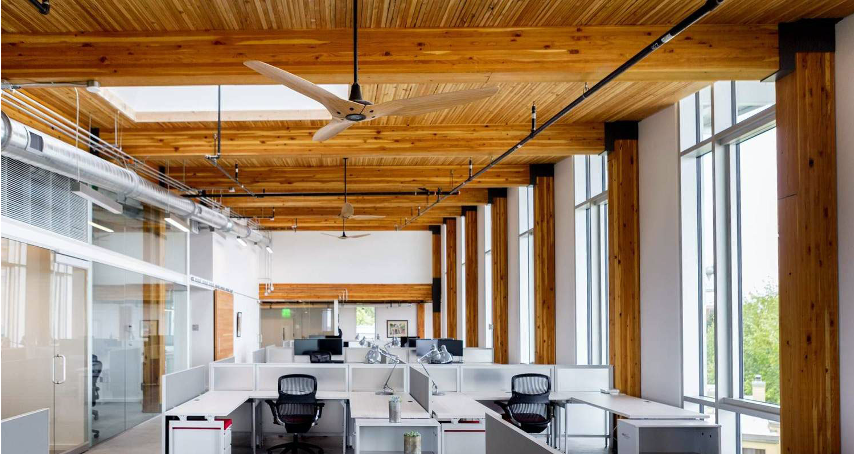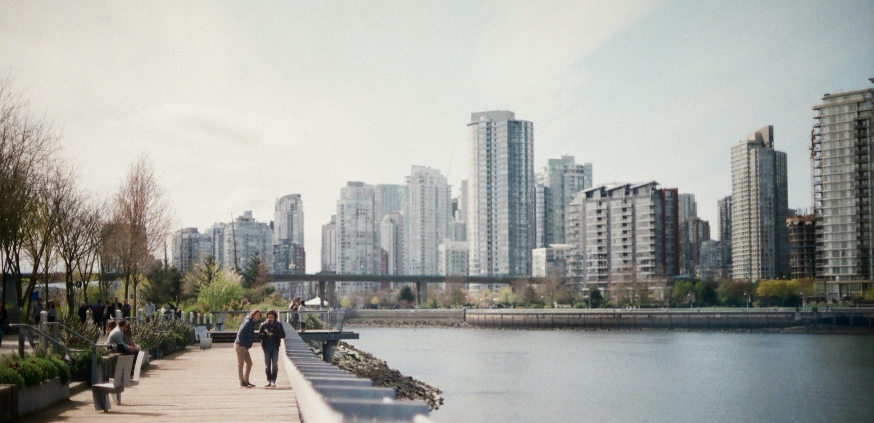Resilience in Building and Infrastructure

Over the course of 2018, the National Oceanic and Atmospheric Administration (NOAA) cataloged 14 separate events in the United States, including snowstorms, hurricanes, drought and wildfires. The total cost of those events was a whopping $91 billion. As severe weather becomes more common and the climate becomes less predictable, resilience is growing in popularity when considering construction. What is resilience, and why is it so vital to the success of your green building project?
Resilience in Green Building
The Resilient Design Institute provides the following definition:
Resilient design is the intentional design of buildings, landscapes, communities, and regions in order to respond to natural and manmade disasters and disturbances—as well as long-term changes resulting from climate change—including sea level rise, increased frequency of heat waves, and regional drought.
One might also include health related risks, as some experts believe that Zoonotic diseases are related to an increase in deforestation and the subsequent increase in contact between humans and animals. Insect-born diseases are also thought to be an increasing risk as the climate changes. Sustainable infrastructure can have conserving and restorative outcomes.
While different, resiliency and sustainability have much in common. LEED encourages many resilient strategies such as choosing a site with care, using durable materials, planning for the collection and reuse of rainwater and grey water, prioritizing energy conservation and installing renewable energy systems, for example.
Rating systems such as Envision™, for infrastructure projects, and RELi™, for building projects, require assessments of potential hazards, and threats. In the language of resiliency, hazards refer to naturally occurring conditions such as severe weather while threats refer to human induced situations such as vandalism or acts of terrorism. A project’s vulnerability is the extent of disruption to normal operations for a building or system. Risk is a measure of the probability that a particular hazard or threat will exploit a project’s vulnerability.
Resilience planning involves considering the ability of a project to withstand these hazards and threats. The USGBC introduced resilient design credits in 2015 to help promote awareness of resilience in green building, including:
- Assessment and Planning for Resilience: Identifying risks and vulnerabilities associated with climate change, like extreme heat, sea level rise or winter storms.
- Designing for Enhanced Resilience: Collecting risk-related information and coming up with methods to address the risks when constructing and designing buildings.
- Passive Survivability and Back-Up Power During Disruptions: Exploring ways that buildings can protect occupants during power outages and disruptions.
As has already been mentioned, entire rating systems have been created to assist
owners is assessing the resiliency of their projects.

What Can Resilience in Your Project Look Like?
The USGBC profiled numerous successful profiles of resilience in green building here. The profiles highlight the creative ways that LEED-certified buildings can adapt to meet the changing climate and weather conditions throughout the world. For example, one set of offices were renovated in San Juan, Puerto Rico in 2013 with resilience in mind. In the aftermath of Hurricane Maria in 2017, the office was able to return to a fully functional workspace within a few days thanks to solar lighting, back-up power generators, satellite internet, rainwater cisterns and more. When things are designed thoughtfully, it can help you to get back to work and life as usual as quickly as possible.
For sustainable infrastructure, the US Climate Resilience Toolkit is an excellent resource allowing you to search for case studies of resilient projects by region and type. Searching for “transportation projects”, one can see how the Maryland State Highway Administration is identifying which of its highways and bridges are vulnerable to climate related events. A search for “extreme events” yields case studies such as how the Manchester-by-the-Sea waste water treatment plant is addressing operational resiliency in the face of potential flooding or how middle school students in St. Marys, Georgia, participated in a public outreach effort to increase their community’s flood resilience and earn the city a 25% reduction in their flood insurance premiums.
How Are Sustainability and Resilience Different?
While you might think the words, sustainability and resilience, are interchangeable, there are key differences between the two. For example, sustainability focuses on energy and water reduction, while resilience explores the need for multiple energy and water sources. Sustainability thinks about things like indoor environmental quality and locally sourced materials, while resilience places an emphasis on passive systems and designing in harmony with the project’s site and location. However, they have a lot in common, including energy independence, water independence, renewable resources, integrative design process, and community engagement and support. When considering resiliency for your next project, check out these resiliency rating systems.
https://sustainableinfrastructure.org/envision/overview-of-envision/
Doo Consulting provides sustainability consulting services to Owners and project teams. They are accredited Envision Sustainability Professionals (ENV SP).


